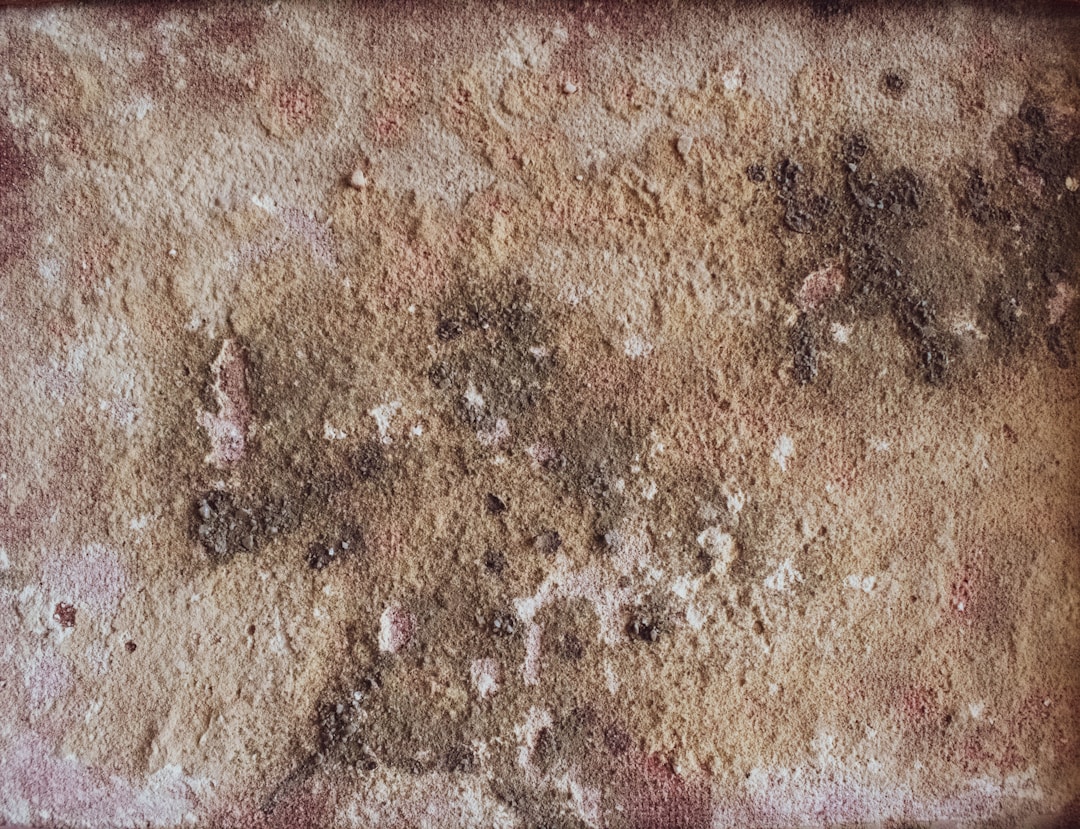How many times have you found yourself saying that you need some fresh air when you’re stressed out? The truth is, stepping outside to catch your breath is doing yourself some good not only mentally, but physically.
Beyond maybe just being in a stuffy room, poor indoor air quality can actually do some harm. While indoor air can have a negative impact on your health in some capacity, there are also simple ways to make sure that the air you’re breathing in at home or at work isn’t doing you damage.
Respiratory Health

For people suffering from asthma, allergies, and other respiratory health issues, if your indoor air quality is poor, it’s putting someone at risk for suffering asthma symptoms, and those with pre-existing conditions are at even greater risk.
The introduction of outdoor air through natural ventilation can actually be beneficial to people with medical conditions. Something as simple as opening windows and doors can reduce pollutants. It can also help to remove odors around your household, as well as dangerous irritants. For example, cross ventilation is highly recommended while cooking to reduce the possibility of smoke inhalation. It’s also recommended for activities like painting, to prevent the intake of dangerous chemicals.
However, it can be hard to get that outdoor air in sometimes, like if you’re in an apartment building and unable to keep a door open for a prolonged period of time. This is where a UV light air purifier can come in handy. These units filter out the particulates that make life miserable for those who suffer from allergies and asthma, while also neutralizing odors.
Mold & Allergens

Humidity may create an uncomfortable environment, but for mold and mildew, it provides a breeding ground. Mold spores can attach to just about anywhere, and is another common trigger for allergies. Mold can spread so extensively within a building that it’s an undeniable source of indoor air pollution that can render a home unlivable.
If you combine moisture with any restricted air circulation, mold may begin to grow. If you notice a musty odor that even air fresheners can’t cover-up, or even a black or white spot appearing on walls, it is time to consult a specialist to eliminate these potentially dangerous spores. Mold growth can trigger symptoms, from watery eyes to wheezing, asthma attacks, and even serious chronic respiratory illnesses.
Asthma attacks that are severe enough can warrant the need for emergency medical treatment. It is important to have an understanding of when such emergency situations arise. Understanding what to do during a medical emergency in the office or at home is a needed preparedness that could be a saving grace for someone. You could potentially avoid a trip to the ER with proper care for a family member who has asthma.
The Cleanliness of Your Home

Cleaning your home can always seem like an uphill battle. While you will notice the immediate effects that bleach and other powerful cleaners will have on your home, it does impact the quality of the air inside. Be sure to properly ventilate after cleaning, as this is also a way of helping to combat things like pollen and dust from retaking your surfaces.
You may also want to consider an air purifier to filter these particles, drastically shortening how often you spend scrubbing and how many cleaning products you need to use.
While you may think air cleaners like Lysol are a quick fix, it is important to understand the power of some of these sprays. Table-top cleaners may not remove satisfactory amounts of pollutants. While these may be an effective way to deal with allergens, it is important to work in conjunction with ventilation to prevent somewhat of air pollution that can impact indoor air quality.
